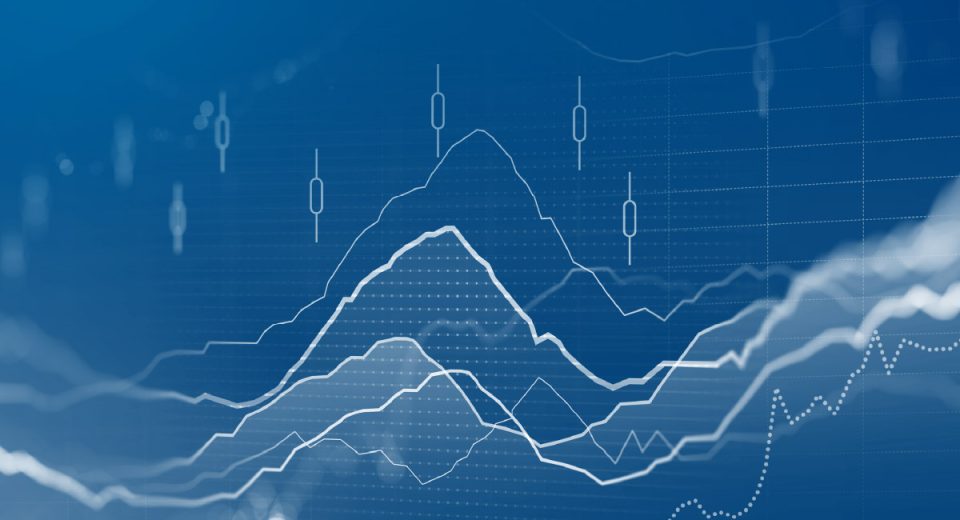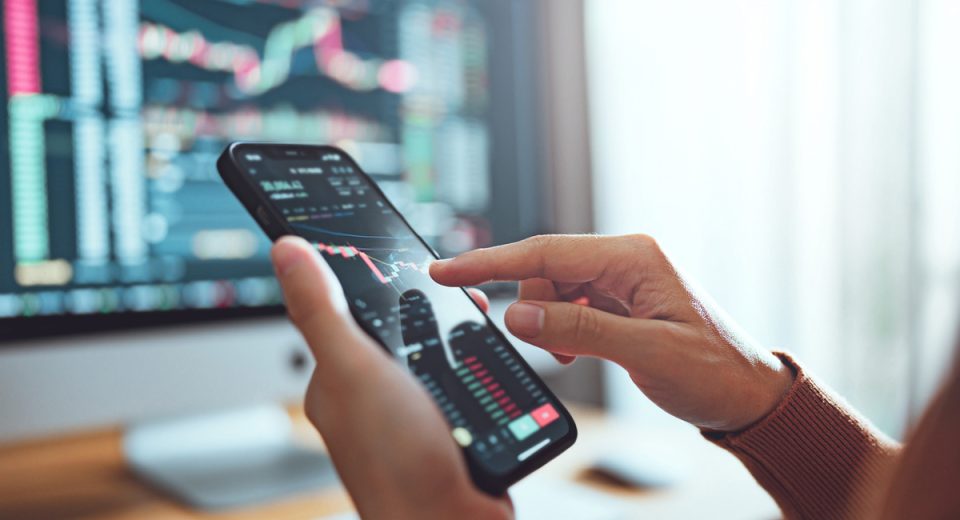A Beginner’s Guide to Trading with Leverages and Margins

Leverage or margin trading allows traders to multiply their trading power by borrowing funds, usually from their broker to open positions. Contract for Differences (CFDs) have gained popularity as an effective means to trade with leverage, helping you to open much larger positions in your chosen assets than the funds in your trading account alone allow. While trading with margin can help you maximise market opportunities, it is important to use leverage with caution. Here’s what you need to know about leveraged trading.
What is Leverage?
When you choose to use margin to open a position, your broker will put in a specific amount of capital based on how much capital you invest and what multiple of that capital you choose as leverage. This is usually expressed as a ratio, such as 100:1, where the broker will lend you $990 for every $10 you use from your own account to trade. This way, you get to open a position worth $1,000 by putting in just $10 from your side. For this, you will be required to open a margin account.
Different leverage ratios affect your market exposure differently.
|
Leverage |
Investment Outlay |
Exposure |
| 1:1 | $100 | $100 |
| 1:50 | $100 | $5,000 |
| 1:100 | $100 | $10,000 |
| 1:200 | $100 |
$20,000 |
How is Leverage Calculated?
Let’s find the margin requirement for the EUR/USD trade using the leverage ratio of 1:200 using the following data:
Lot Size = 1 standard lot (100,000 units)
Contract Size = $1 per pip for EUR/USD
Opening Price = $1.2500
Leverage Ratio = 1:200
- Calculate the total value of the position:
Total Value of Position = Lot Size * Contract Size * Opening Price
= 1 * 100,000 * $1.2500
= $125,000
- Use the leverage ratio to calculate the margin requirement (the amount you need to fund to open the position):
Margin Requirement = Total Value of Position / Leverage Ratio
= $125,000 / 200
= $625
So, if you choose leverage of 1:200, all you need to do is put in $625 to open a position worth $125,000. But remember, whether you win or lose, you will need to return the borrowed amount to your broker.
Let’s take a look at how leverage works with another example.
Suppose a trader wants to invest $10,000 in the financial markets. Without leverage, their market exposure will be limited by the amount of capital available in their trading account, which, in this case, is $10,000. So, let’s say the trader invests $10,000 in a stock they believe will appreciate.
Trading without leverage
The trader purchases $10,000 worth of shares in Company X.
Over the following week, the stock price increases by 10%.
The $10,000 investment has, therefore, grown to $11,000.
If the trader now sells his shares:
Profit = $11,000 – $10,000 = $1,000.
Trading with leverage
The trader decides to use leverage of 1:10 on the financial instrument.
With $10,000, they open a position worth $100,000 in the stock of Company X.
The stock price then increases by 10% as before.
The $100,000 investment grows to $110,000.
If the trader now sells the shares:
Profit = $110,000 – $100,000 = $10,000.
However, remember that the opposite situation is as likely. If the stock were to decline 10%, the losses would amount to $1,000 without leverage and $10,000 with leverage. This is why leverage is often referred to as a “double-edged sword.”
How to Trade with Leverage
Leverage trading is a popular way to enter markets that would have otherwise been inaccessible due to capital constraints. However, it is important to know how to choose the right leverage ratio.
As a beginner, start with low leverage and gradually increase the ratio as you gain experience and confidence. Experienced traders only use the amount of leverage they can afford to repay if the market moves unfavourably.
Once you have opened a position with margin, remember to monitor the position closely, especially if you’ve used high leverage. A good way to do so is by setting up custom alerts so that you get a notification before the broker needs to give you a margin call. This is when the balance in your trading account falls below the minimum amount required to keep your leveraged position open. With timely alerts, you can decide whether to close the position or fund your account.
Regardless of whether you trade CFDs using high or low leverage, experts advise always using appropriate risk management measures. These not only include accompanying each position with stop loss and take profit orders, but also ensuring a well-diversified portfolio so that winning trades can compensate for those that don’t turn out as expected.
Start with a demo account to hone your margin trading skills before opening a CFD position in the live markets. This will help you refine your trading strategy.
Consider Leverage When Choosing the Broker
Different brokers offer different leverage ratios. This depends on the financial standing of the broker, since leverage essentially means that the trader is borrowing funds from the broker. Also, the same broker may offer different leverage ratios for different instruments, depending on the risks involved. For instance, the leverage offered for forex trading may be significantly higher than that offered for trading individual stocks. The broker may also offer different leverage ratios to different traders, depending on their level of experience.
When choosing a broker, ensure they offer leverage levels you are comfortable trading with. Even if you don’t use the maximum ratio for every trade, it gives you the flexibility to select the ratio as per your trading strategy and financial goals. Do remember to check the broker’s margin call threshold.
To Sum Up
- Leverage or margin trading is when a trader borrows capital to open a larger position than possible with the funds in their trading account.
- CFDs allow trading any asset class of your choice with leverage.
- Leverage is a double-edged sword because high leverage magnifies both profit and loss potential.
- It is important to implement appropriate risk management measures while using level.
- Practice on a demo account and start with low leverage till you gain experience and confidence.
Disclaimer
All data, information, and materials are published and provided “as is’ ‘ solely for informational purposes only and are not intended nor should be considered, in any way, as investment advice, recommendations, and/or suggestions for performing any actions with financial instruments. The information and opinions presented do not take into account any particular individual’s investment objectives, financial situation, or needs, and hence do not constitute advice or a recommendation concerning any investment product. All investors should seek advice from certified financial advisors based on their unique situation before making any investment decisions by their personal risk appetite. Blackwell Global endeavours to ensure that the information provided is complete and correct, but makes no representation as to the actuality, accuracy, or completeness of the information. Information, data, and opinions may change without notice and Blackwell Global is not obliged to update on the changes. The opinions and views expressed are solely those of the authors and analysts and do not necessarily represent those of Blackwell Global or its management, shareholders, and affiliates. Any projections or views of the market provided may not prove to be accurate. Past performance is not necessarily indicative of future performance. Blackwell Global assumes no liability for any loss arising directly or indirectly from the use of or reliance on such information herein contained. Reproduction of this information, in whole or in part, is not permitted.




